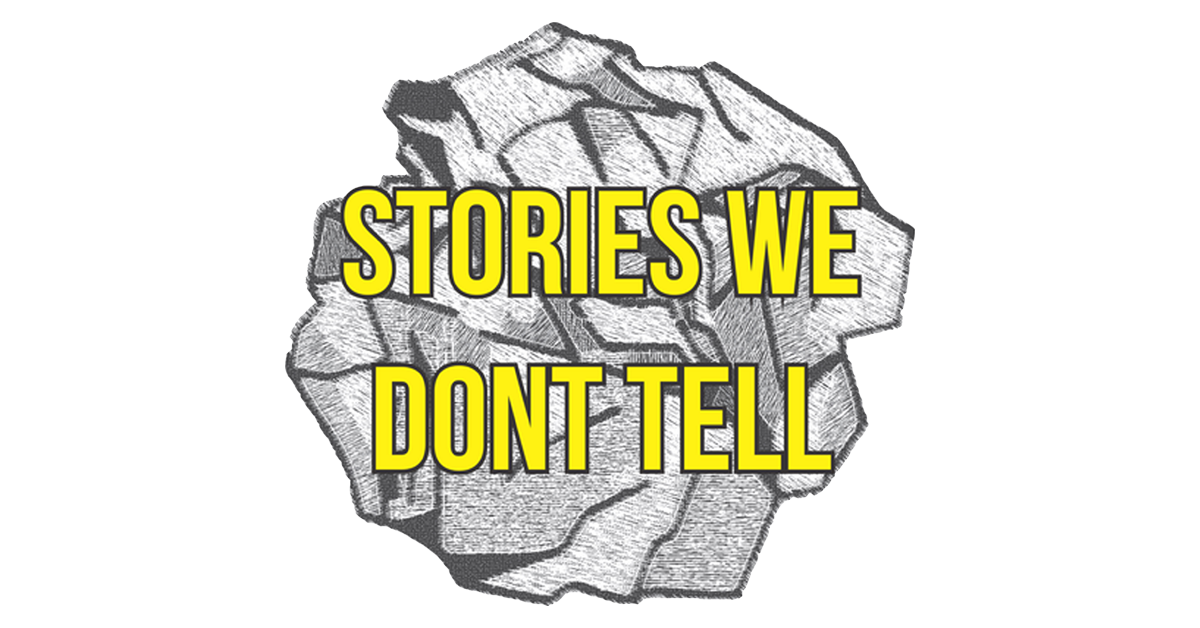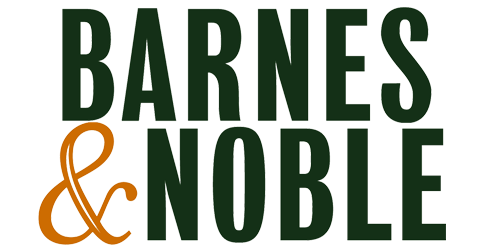September 2019 is the start of the fifth year we’ve been producing Stories We Don’t Tell. It also happens to be our fiftieth show. That’s a lot of fives. Thinking back to our very first show, we really can’t believe how far we’ve come. The intention was definitely to do more than just that first show, but we really had no idea how an audience would receive it. We’ve been pleasantly surprised with each passing show and year with just how much people have embraced and championed this thing we started in an apartment all those years ago. And it’s gone beyond that, and grown into something we didn’t intend - it’s become a community of people who want to share their stories and audiences that want to listen in.
For the first few years, we did shows all during the summer. Quickly realizing that summer shows are tough, we decided to take a few months off each year. A positive offshoot of this was that it provided the opportunity to take a step back at things we wanted to improve, and expansion projects we wanted to develop.
To mark our fifth anniversary, we decided to take a look back and publish a book that included stories that were performed at the event. We settled on sixty-one stories and set off to put it all together. The clock was ticking, and in order to accomplish this for our fifth anniversary, we had to produce the book in four months. That’s a pretty tight turnaround time. Here is a behind-the-scenes look at the process we went through to make it happen.
First, we were lucky because the stories at our event are perfect to translate into a book. We do usually ask storytellers to write out their stories, so we had documentation to work off of. It would have been more challenging to transcribe audio recordings of the stories, as we’ve learned - a written story is very different from a spoken story.
We took great care and put a lot of thought into how to communicate with contributors. We weren’t dealing with one author, but forty-eight of them. Plus, the event is a place where we want storytellers to feel comfortable talking about anything, without the intention of it going anywhere outside that room. The approach was not only to coordinate with forty-eight people but be open and transparent and sensitive to them in regards to the content. We wanted them to have ownership over how their story was presented, and for them to feel a part of the process.
One thing we did not anticipate was the myriad ways people approach writing. From the fonts to structure, there were basically forty-eight different styles of writing. We wanted to present the stories in as pure a form as possible to retain the individual voices. A copywriter was brought in, but not just any copywriter - Stefan’s dad Steve. He did a fantastic job of keeping those individual voices intact while creating a consistency across them.
Next, we went on to the layout of the ebook and print book versions. The next challenge was how to order all of the stories. After much thinking, Stefan’s brother Dave (who also has a story in the book - this truly is a family affair) simply said - just put them in the order of when they happened. So, with a few minor variations, we started with the very first story from the first event and moved forward in time.
The cover of your book is always an important element. Again, we were lucky to have a contributing author (with two stories in the book) not only be a graphic designer but someone who has been connected to us since the beginning. That really cool Stories We Don’t Tell logo? That’s Tyler Blacquiere’s talent at work. When working with graphic designers, there’s usually a fair amount of time that goes into them understanding and gaining a grasp on what you’re trying to accomplish. Not with Tyler, he got it right away and came back with a brilliant cover that neither one of us expected could be so good.
With the editing finished, the cover designed, and the layout complete, it was time to send it off to the printers. When we got the proof of the print version back, it was the first time that we actually realized what we had actually pulled off. A published book of sixty-one stories in four-month. We did it! We made a book! Get your copy through any of the links below.





